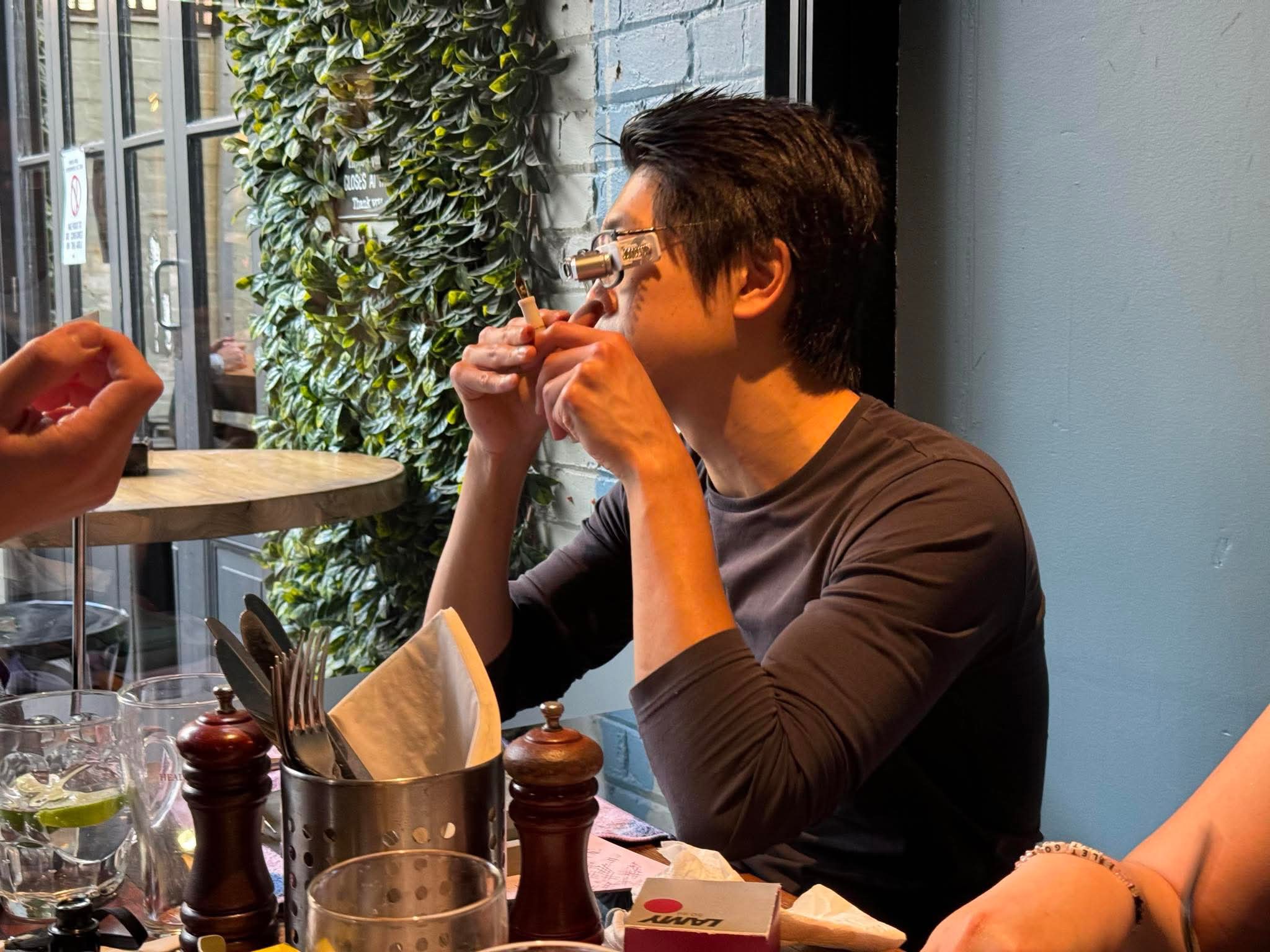When Nibs Break: Why Some Nib Tipping Can’t Withstand a Fountain Pen Grind
- Daniel Zhang
- Jul 18
- 2 min read
Updated: Jul 22

At Inkcision Works, we've handled hundreds of nibs —each one different in feel, structure, and character. While most nibs are beautifully resilient and take well to grinding, every now and then, a nib reveals a hidden weakness.
One of the most unfortunate (and thankfully rare) issues we encounter is tipping material that shears off during grinding.
We’re sharing this not to alarm, but to educate, our goal is to give writers and pen owners a deeper understanding of how nib grinding works, what risks are involved, and how to make informed decisions about whether a nib is a good candidate for customisation.
Not All Tipping Is Created Equal
The small, hard ball of tipping alloy (often called “iridium” even though it’s rarely pure iridium) is what gives your nib durability and smoothness. But this tipping is attached in various ways depending on the manufacturer, the production batch, and even the nib’s intended line width.

Fine nibs, in particular, have a very small amount of tipping.
Sometimes, the bonding between the tipping and the nib body isn’t strong or uniform, especially in mass-produced steel nibs.
As a result, even a light amount of reshaping pressure can cause the tipping to separate, especially if it already had micro-fractures or insufficient weld points.
Signs a Nib Might Be Prone to Breakage
While we do our best to inspect nibs before grinding, unfortunately, not all issues are visible from the outside.
Here are some characteristics that increase fragility:
Fine tipping: Less surface area = less bonding strength.
Older or vintage nibs: The tipping can degrade or weaken over time.
Inconsistent or off-centre welds: Tipping that’s not centred is more likely to shear.
Corrosion or damage: Even slight rust or bending can compromise the joint.
Why It’s Not Always Preventable
We always approach nib grinding with a high degree of care and magnified inspection. But even with that, some nibs fail mid-grind, not because of mishandling, but because of an internal fault that isn’t visible until stress is applied.
This is why we include a disclaimer with our service. We want to be upfront about the risks, even though they affect only a very small percentage of nibs.
What Happens If It Breaks?
If a nib’s tipping breaks during grinding, we always let the customer know right away and offer solutions:
We recommend retipping services so the nib can be rebuilt and finished.
Customers can also opt to send in a replacement nib, and we’ll complete the grind at no additional charge.
We believe in transparency, and while nib breakage is rare, we think it’s important to share the reality of working with delicate materials.
Final Thoughts
Every nib has its own personality, and sometimes, its own structural quirks. Most pens come through our studio beautifully transformed and ready to write in a new style, but a small number will reveal that they weren’t quite built for the journey.
If you’re ever unsure about whether your nib is a good candidate for grinding, we’re happy to advise before you send it in.
Thanks for trusting us with your pens, and your writing.



Comments